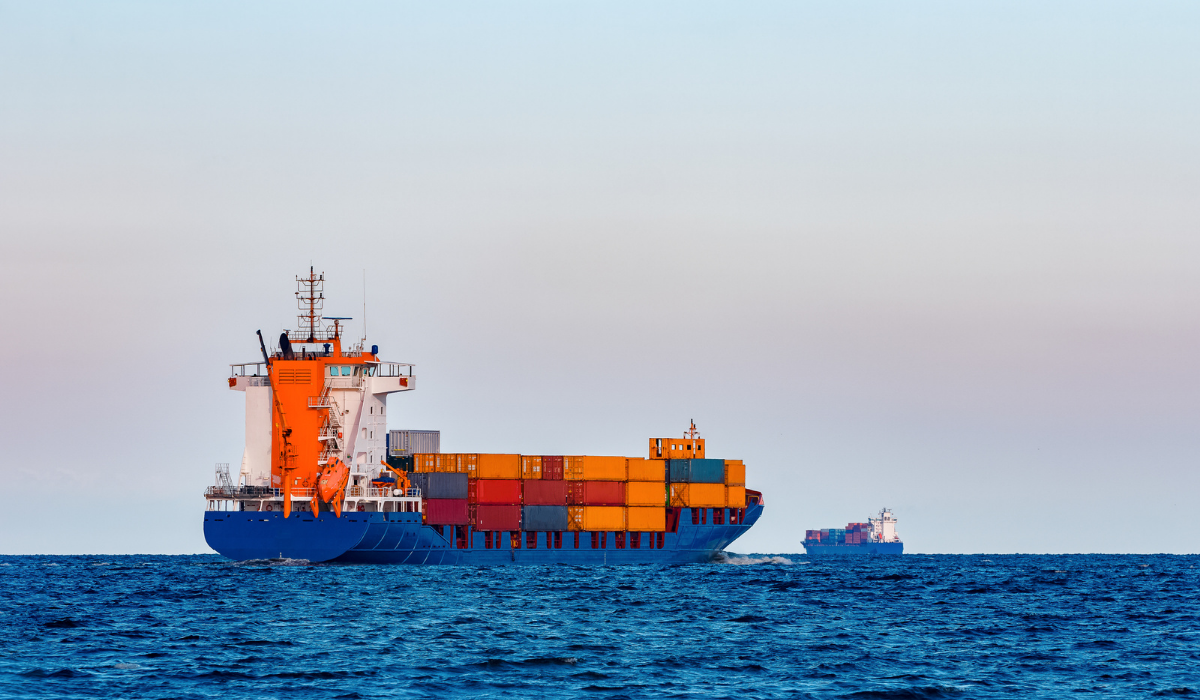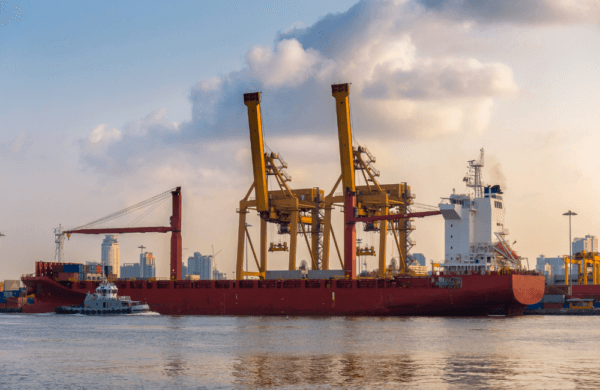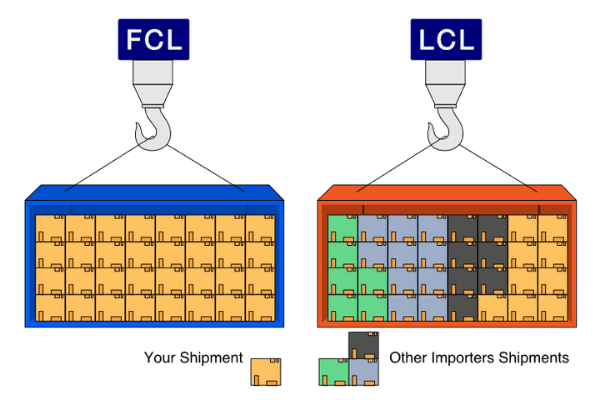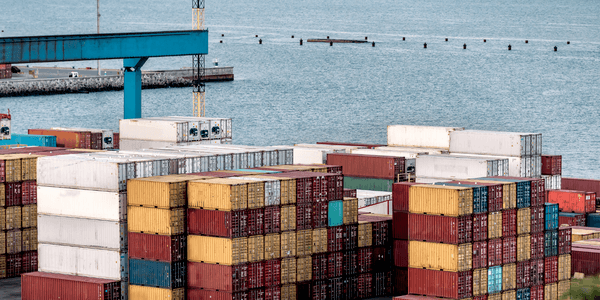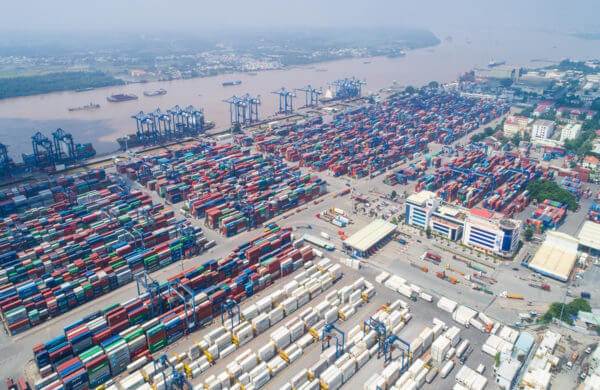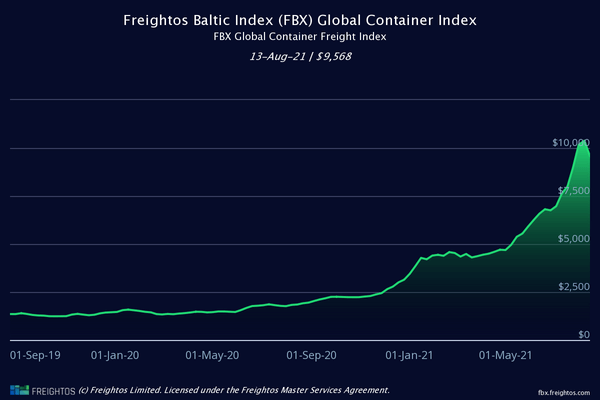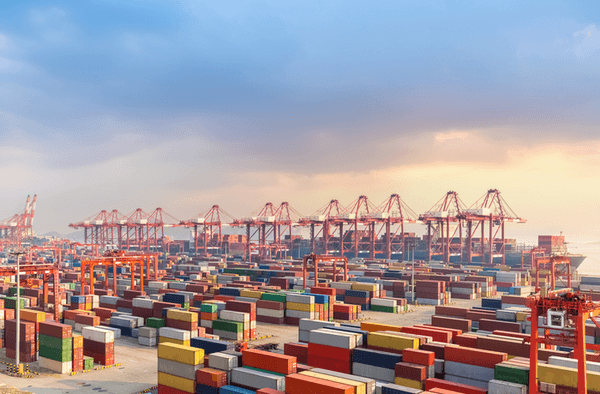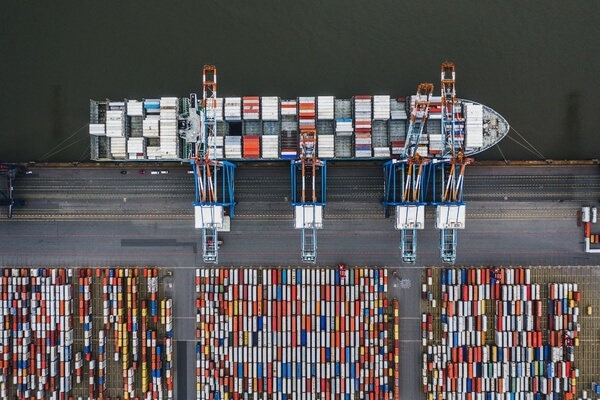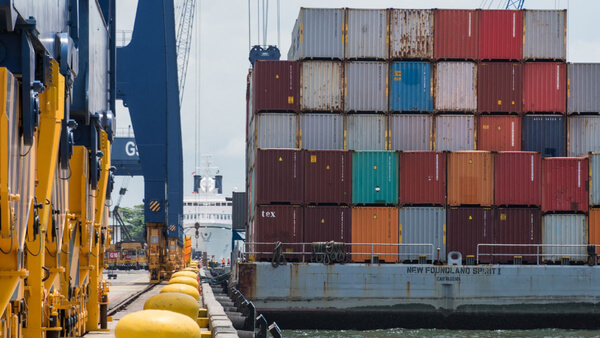Updates About Current Ocean Freight Rates
Ocean freight rates on main trade lanes
Ocean freight rates have shown remarkable and significant surges for all trade routes since September 2020 and it still hasn’t shown any sign of going down due to ongoing impacts of the COVID-19 pandemic and inflation.
According to data provided by Freightos Baltic Index (FBX), as of March 3, 2022, global maritime transport continued to witness an increasing pattern on main trade lanes.
- Global ocean freight rates ascend to $9,745/FEU.
- Asia – US West Coast costs rose to $16,155/FEU, 204% higher than last March.
- Asia – US East Coast rates witnessed an increase to $18,250/FEU, 218% higher than its level a year ago.
- Asia – North Europe prices also reduced marginally to $13,509, which is 71% higher than the previous year’s pricing.
- North Europe – US East Coast rates rose modestly to $6,886/FEU, roughly 228% higher than their previous level last March.
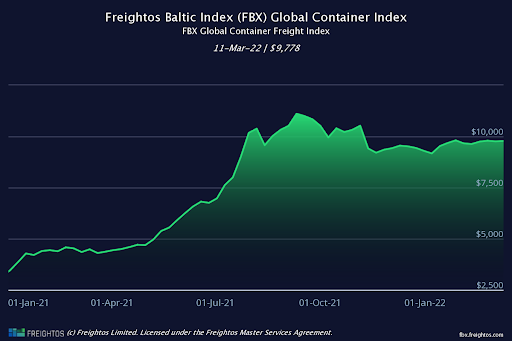
Reasons for increased ocean freight rates
There are some key factors which led to the rise in ocean freight rates 2022 and also the delays of end-to-end days, such as:
- Lack of empty containers
When COVID-19 broke out, it brought along travel and transportation restrictions from every country into effect. Due to this reason, the delivery of everything has been interrupted which eventually results in the scarcity and unavailability of containers. When the demand soared but supply dropped, price will inevitably increase.
- Labour shortage
The Great Resignation has brought forth serious issues of labor shortage due to the outbreak of COVID. All industries are severely affected, including the logistics industry. The impact has led to a global supply chain crisis and its inability to operate as efficiently and proficiently as they were before.
- New wave of COVID-19 in several countries
The world was not ready for Delta and now a new wave of COVID-19 (i.e Omicron) is appearing in several countries and continuing to spread widely; making it harder for the economy to bounce back. Due to this very reason, country borders are tightened along with new restrictions and lockdowns are required causing ocean freight rates to soar.
- Near Lunar New Year
Near Lunar New Year is when sales always hit the roof and products are in high demand. Many companies rush to have shipments delivered before the Lunar New Year Holiday. Together with scarce vessels, tight capacity and heavy restrictions on soaring demand, it all added up to ocean freight rates skyrocketing for a long time.
Ocean Freight Rates: Difficulties For Home Decor Wholesale Buyers
Prolonged transportation time
According to Freightos, transit time is now longer mainly because shipping vessels get clogged up at the start and destination ports, causing significant congestion. This also leads to shortage of empty containers due to heavy restriction forcing the vessels to sit at port while the stream of wares from Asia heightened.
Risk to the quality of home decor wholesale
With their hygroscopic trait, sustainable materials for making home decor wholesale such as seagrass (sedge), rattan, water hyacinth absorb moisture from the air naturally. Thus, when home furnishings are kept in warehouses or containers stuck at ports for quite some time, it may result in the product being moldy and the appearance of pests.
The main reason for this problem is due to the standard humidity of the environment being uninsured. It goes the same for containers when they are en route. During that period, the temperature within the containers can be fickle, potentially leading to the risk of humidity within the steel box’s space.
This situation might give you and other buyers a headache. Why, you ask? Because if products get moldy sitting at suppliers’ warehouses, you will incur additional costs for having suppliers finish the moldy items before they get to customers. Even worse, if wholesale home decor has mold and pests due to long time at destination ports, it can result in zero sales because you can’t sell goods that are already damaged.
Recommendations: 3 Efficient Ways To Buy Home Decor Wholesale
Go FCL instead of LCL
If you’re familiar with shipping or ordering merchandise overseas, you might have heard of LCL and FCL. These are two common terms used within the logistics industry for export and import freight cargo by sea. When ocean freight rates are still on the rise, it’s advisable that you choose FCL over LCL.
- LCL = Less than Container Load
- FCL = Full Container Load
Regarding the current situation, FCL offers more benefits especially for homewares made from natural fibers. Here are three highlights you’d definitely love to check out on:
- Shorter delivery time: If LCL takes a pretty long time to group and separate shipments at a destination port, it isn’t the same for FCL. With FCL, your cargo within the container isn’t mixed with other shipments, so the transit time is sped up one or two weeks faster, making you’ll receive your purchase sooner.
- Minimize risk of goods: Because your cargo isn’t crushed and smushed by heavy shipments and those that are liquid, it won’t have to face contamination, spillage, or damage when the vessel is en route. This is really crucial for you because customers will always want goods that are not damaged due to shipping.
- Cheaper shipping cost: For an average shipment, a LCL cost is often double an FCL charge when broken down by per cubic meter (CBM). In addition, for larger shipments, it often makes more sense to upgrade to a 20-foot container and go FCL. The tipping point is typically somewhere around 15 cubic meters to start ocean freight shipping, as it is a much more cost-effective measure.
>> READ MORE: FCL vs LCL: Differences and Pros & Cons
Choose space-saving home decor wholesale
So, we’ve got to know how to deal with international ocean freight rates economically. But how to make the most out of your container space? The answer is to choose space-saving home decor products. By doing it, you can increase loading capacity, reduce packaging time & carton boxes, and also optimize ocean freight shipping.
Here are our recommendations of some home decor wholesale to buy during the times of soaring ocean freight rates:
Buy Foldable or Collapsible Homewares
Foldable or Collapsible homewares normally feature a soft design that can be folded in half (such as Seagrass Belly Baskets). So when it comes to packaging, they can be stacked in piles, then helping you get a larger loading capacity for more items in one container. Plus, other foldable home furnishings consist of separate pieces. That allows you or your customers to fold flat when not in use, when not on display or during transit time.
Several products having foldable/collapsible structures: Storage baskets, Storage bins, Lamp Shades, Pet houses.
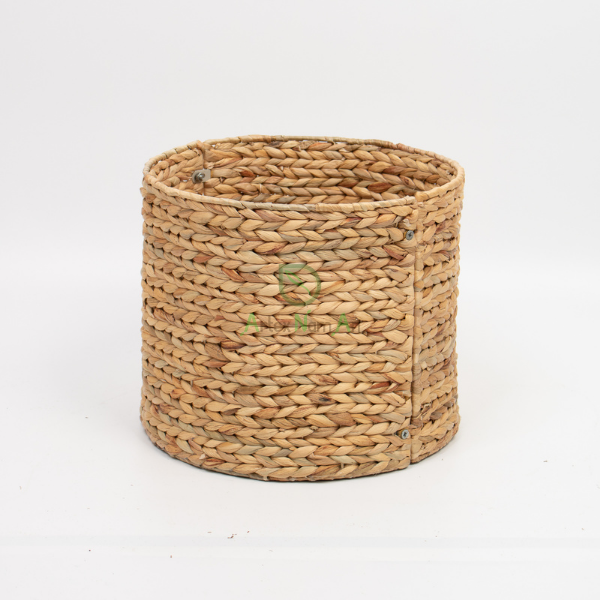


Buy Tapered or Flat Homewares
Tapered or flat designs can be applied to all homewares’ shapes: round, square or rectangular. With signature tapered or flat designs, wholesale home decor can be neatly placed and stacked in piles within a carton box. This can help a big deal in space-saving and enables you to load more quantities of goods within one ocean freight shipping container.
- Tapered products: Storage baskets/bins, Laundry baskets, Bamboo bowls, Trays,..
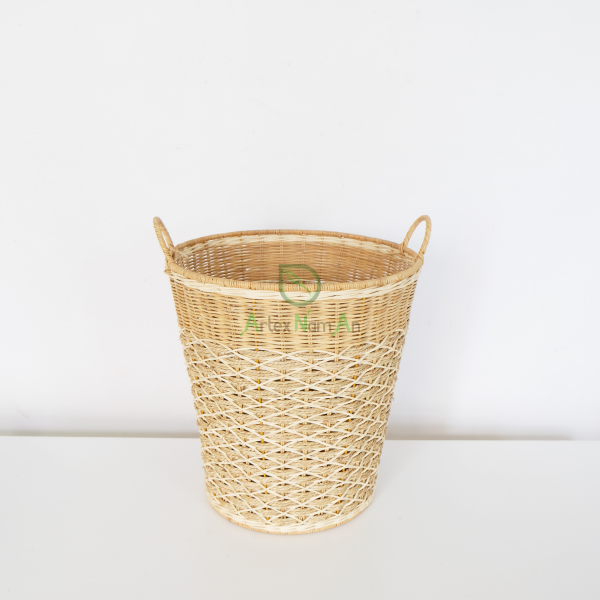

Buy Homewares in sets
Apart from foldable and flat designs, you can now choose to buy in sets. It’s among good ideas when importing home decor wholesale, as the set consists of multiple sizes of a product, so these items can come nested or stacked together. This will diversify your product portfolio with different sizes while still making full use of shipping space. Not only space-saving, but also super convenient.
Products in set for reference: Storage baskets, Indoor planters, Trays, Lampshades, Bowls, Boxes.
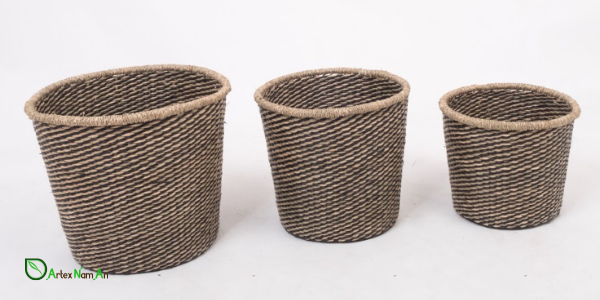

Buy Homewares with Removable or Foldable legs
These types of home decor wholesale products are born to make life easier as it not only saves you a ton of space (be it shipping, delivering) but also quite the fun to put together all the components. In addition, removable or foldable legs also help control the risk of screws in the stands that can fall off or be broken during transit.
Homewares having removable or foldable legs: Indoor planters with stands, Furniture (Tables, chairs).
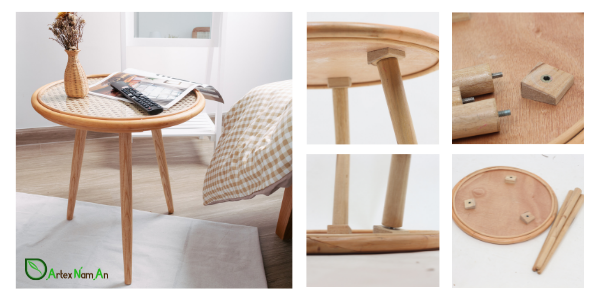
Have seasonal order plans for home decor wholesale
Here’s a few pieces of advice from home decor manufacturers for you to have the ideal seasonal plan prepared in advance:
- Buyers and importers should have seasonal purchasing plans of home decor wholesale, and inform suppliers about that. It’s all about quantity preparation on a large scale.
- Home decor manufacturers can forecast and adjust the timeline to get the best material cost for each season, which can result in better prices for you. Based on your order placement schedule, suppliers will prepare materials in stock, avoiding shortage of materials during mass production.
- The perk of seasonal purchasing plans is that you can have a better vision of what’s next to come, when and where to allocate your merchandise. Moreover, it helps big time in reducing ocean freight rates per item, especially at the peak times.
>> READ MORE: The best times to order natural homewares from Vietnam


